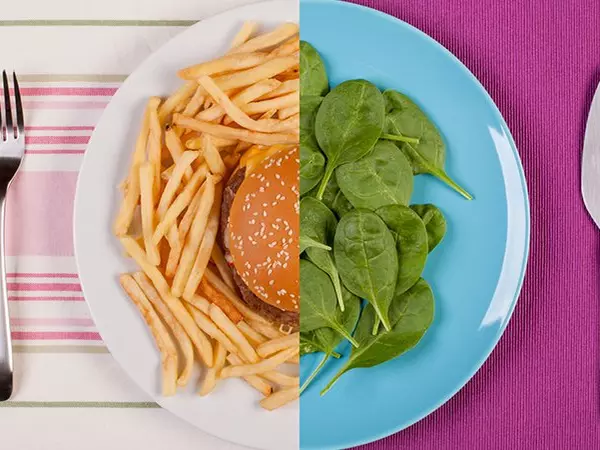
Lifestyle changes for your blood pressure

Most people know the importance of keeping their blood pressure within the normal range.
For those under the age of 60, the recommendation is to maintain blood pressures below 140/90 mmHg. For those over 60, guidelines recommend maintaining a blood pressure below 150/90 mmHg. Chronic blood pressure readings above these ranges contribute to heart disease, kidney disease, and stroke.
Each lifestyle adaptation below has been shown to lower systolic (top number) blood pressure in clinical studies. People who make multiple changes can expect even greater reductions. Everyone benefit from these lifestyle modifications regardless of their most recent blood pressure reading.
Adopt the DASH diet
Consume a diet rich in whole fruits, whole grains, vegetables, and low-fat dairy products (low in both saturated and total fat). Check out the Dash Diet to learn more.
8 to 14 mmHg systolic reduction
Be active
Engage in regular aerobic physical activity, such as brisk walking (at least 30 minutes a day, most days of the week).
4 to 9 mmHg systolic reduction
Cut back on salt
Reduce dietary sodium intake to no more than 2,400 milligrams a day, the amount in a teaspoon of salt.
2 to 8 mmHg systolic reduction
Drink moderately, if at all
Limit consumption to no more than two drinks (e.g., 24 oz of regular beer, 10 oz. wine, or 3 oz of 80-proof whiskey) a day for most men, and no more than one drink a day for women and lighter-weight men.
2 to 4 mmHg systolic reduction
Lose excess weight
2.5 to 10 mmHg systolic reduction for approximately every 11 pounds lost
*Source: Adapted "The eight report of the Joint National Committee on prevention, detection, evaluation and treatment of high blood pressure," the National Heart, Lung, and Blood Institute.